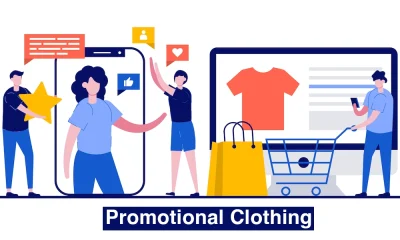Marketing
How to Show Instead of Tell
There are an increasing number of terrible advertisement campaigns on the internet by businesses that either lack the funds to hire a marketing expert or think they understand how internet marketing works. Unfortunately, many of them break the golden rule of writing (and thus, the golden rule of effective marketing) but telling instead of showing.
There are an increasing number of terrible advertisement campaigns on the internet by businesses that either lack the funds to hire a marketing expert or think they understand how internet marketing works. Unfortunately, many of them break the golden rule of writing (and thus, the golden rule of effective marketing) but telling instead of showing.
What is “show, don’t tell”?
Let’s use a movie as an example. When you watch a film, good actors express their feelings and emotions through their actions. You wouldn’t see someone screaming “I’m angry!” to express their emotion of anger. Instead, you’ll see them convey it in their expressions and actions. Maybe they hammer a wall with their fist, perhaps they grit their teeth, or maybe they take a deep breath and sigh. We don’t need to be told by the actor or a narrator that they are angry—we can see it in their expressions.
How does it apply to my business?
There is a delicate balance between showing instead of telling when it comes to products and services. You can’t exactly make a film with actors that convey emotions when trying to sell your product, but there are ways to apply this rule to your writing.
Let’s use a smartphone as an example. Companies usually list all of the specs of a phone, such as its 4.7 inch screen, 12 megapixel camera, quad-core processor and the like. However, what does that actually mean? Not many people know what those terms mean or what that equates to. You could list the most high-tech specs in the world and very few people in the world would understand what it meant or implied. Is it more powerful than rival phones? Can I play games on it? Does it play videos? These are the sorts of questions that need to be answered.
Online marketing agency services make great use of this. As masters of advertising, they know how to sell a product by showing it in all of its glory instead of using bland words and technical jargon to try and sell something. Of course, this all depends on the audience that the product is being sold to. If you are trying to sell computer components to PC builders, then chances are they want to know the nitty-gritty specs and technical details. However, that doesn’t prevent some companies from drawing in crowds of consumers with RGB lighting and fancy advertisements that have nothing to do with the specifications of a component.
How to show instead of tell in your advertising
Continuing with the smartphone example, there are some very clear ways to show instead of tell. First of all, when you sell a product you need to meet consumer needs. What does a consumer want from a new smartphone? What can you improve on the previous iteration? What is trending now?
Using a phrase like “Powered by the world’s fastest mobile technology” is a bold statement, but if you are using the latest technology it’s much better to say that instead of “Quad-core 2.4ghz processor” because the technical specs mean nothing to an average consumer. “Lifelike photo detail that rivals standalone cameras” is much more interesting than just “12 megapixel camera” because you’re meeting a demand, you’re telling people that your smartphone is just as good at taking pictures as a camera designed from the ground up to take pictures.






